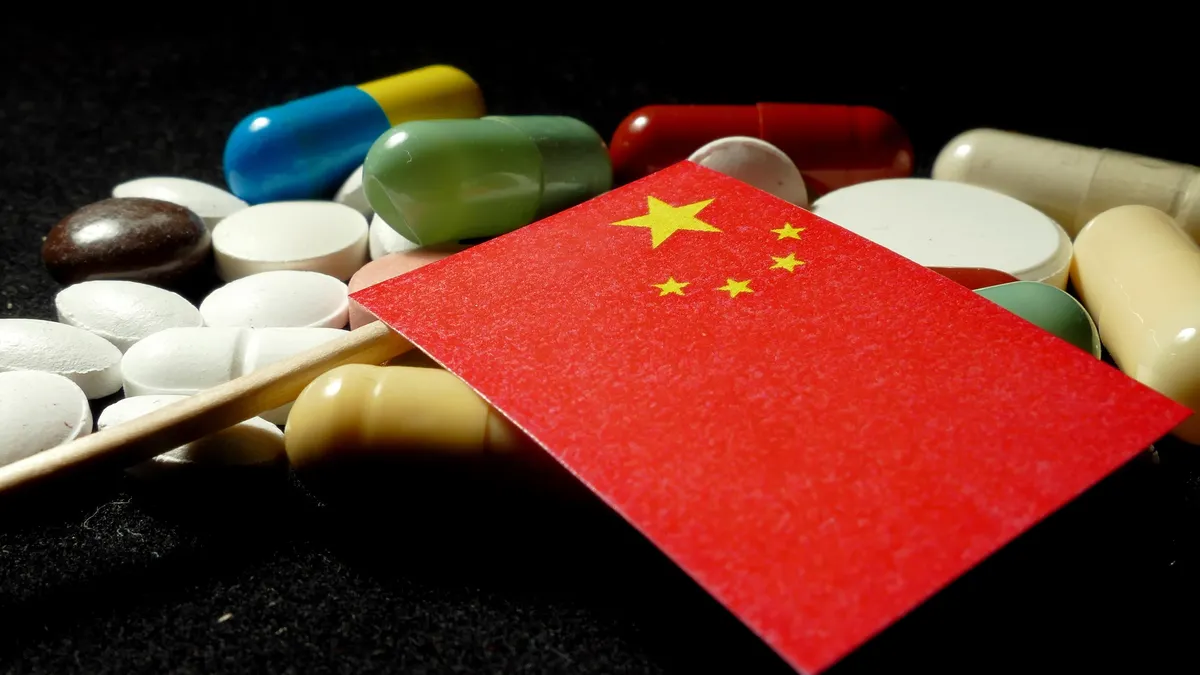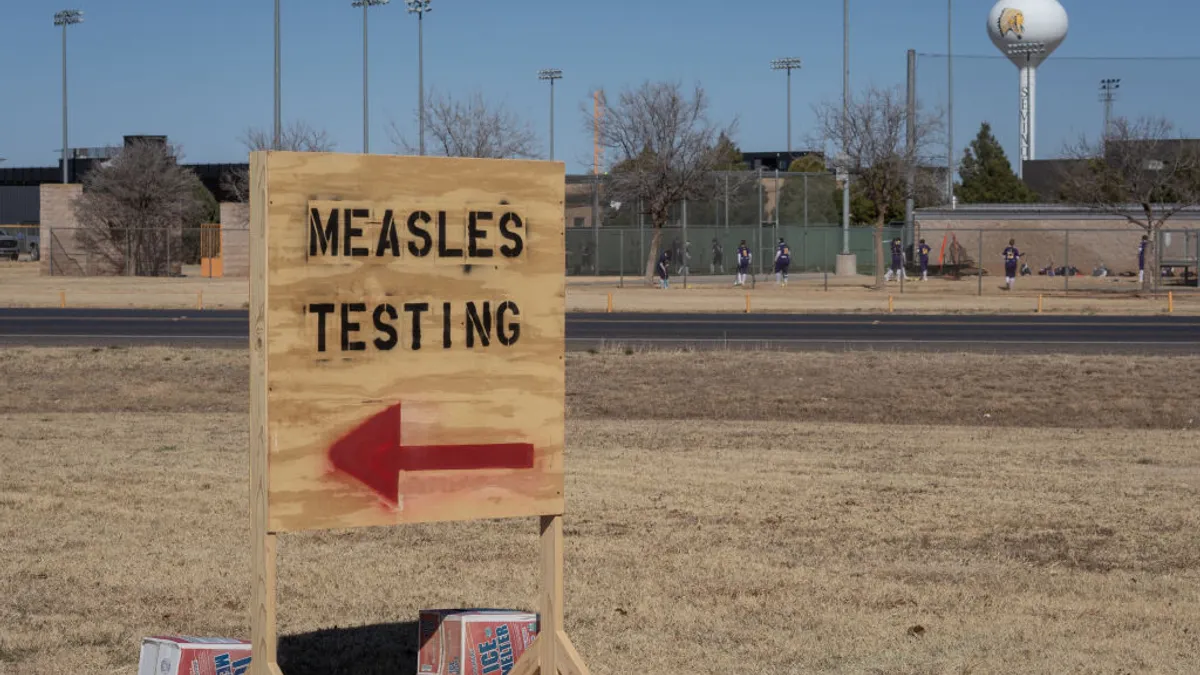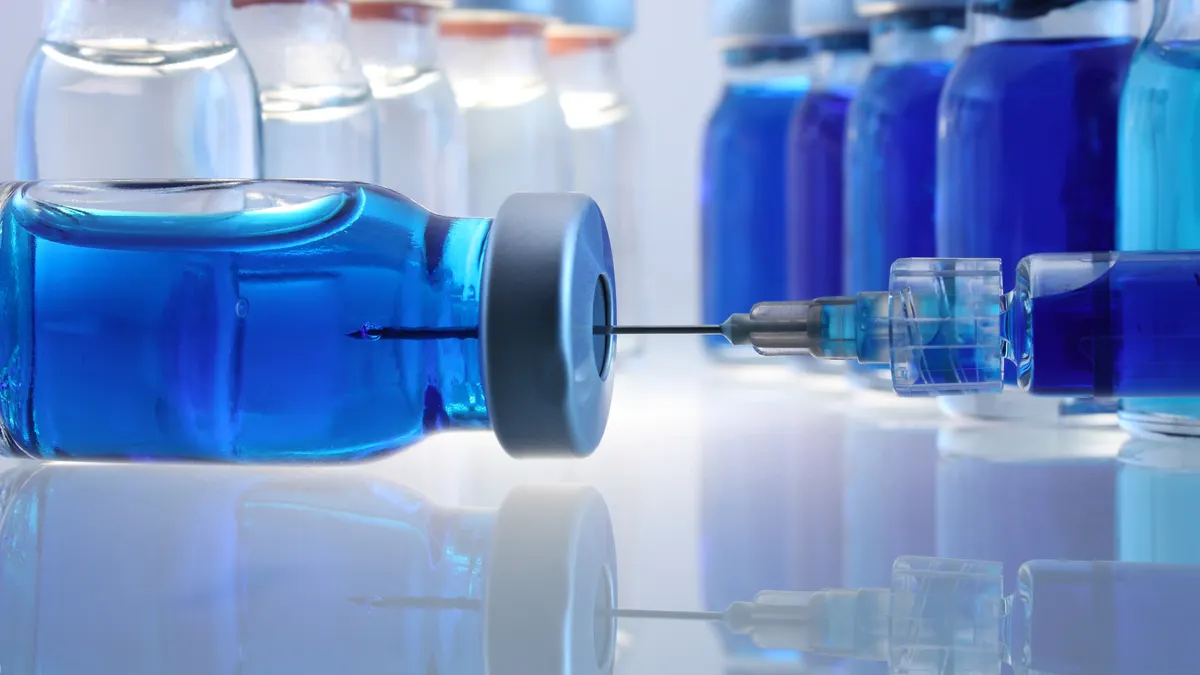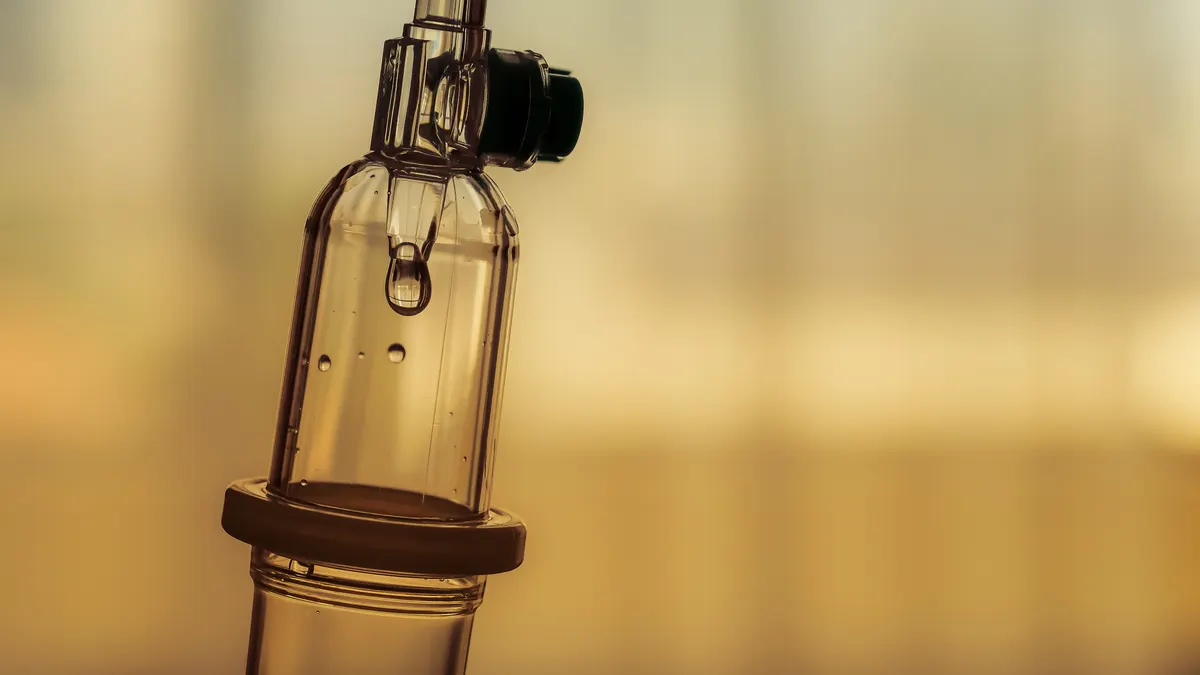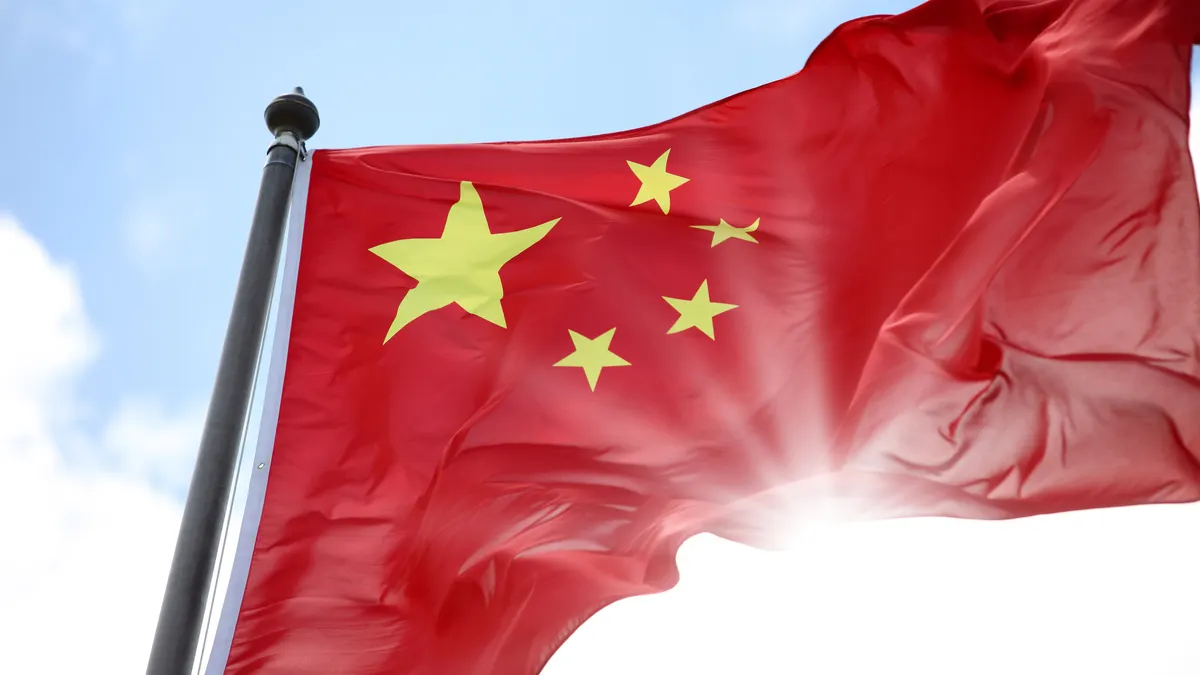As senior vice president for corporate and patient relations at PTC Therapeutics and a hugely experienced advocacy and marketing professional, Mary Frances Harmon understands what it takes to deliver better outcomes to patients. Although not touched by rare disease personally, she has a strong bond with families in many different rare disease communities. She encourages other rare disease companies to do the same, suggesting they connect early in development with the affected families to learn critical information that can drive the development of the right therapy.
“It’s all about providing a therapy that’s meaningful, and to do that you have to understand what’s important to patients,” Harmon says.
PTC is focused on developing therapies for rare disease patients who have few, if any, treatment options. The company began by applying its expertise in post-translational control mechanisms to rare disorders and, over the years, has expanded its technology platform to include multiple approaches, including the rapidly evolving field of gene therapy. The company’s portfolio is focused on genetic disorders — including AADC deficiency, Duchenne muscular dystrophy, and Huntington’s disease — as well as several cancers and, more recently, potential therapies for COVID-19. PTC has medicines on various markets to treat spinal muscular atrophy, Duchenne muscular dystrophy and hereditary transthyretin amyloidosis (hATTR).
With a mantra of “extending life’s moments for patients with rare diseases and their loved ones”, Harmon says those moments are really what is meaningful to patients and their families, be that an extra hug or more time on their feet – really just living as “normal” a life as possible.
Harmon, a PharmaVoice100 honoree, shares her thoughts on what advocacy in rare diseases looks like.
PharmaVoice: Can you describe what advocacy means in the rare disease space?
Mary Harmon: You really have to understand what is important to patients, so what are the symptoms or aspects of the disease that are most challenging for them. And how do you address those in a way that is most appropriate and meaningful for them?
I worked on an injectable product, and at the time we thought that might be a barrier for patients. But then after speaking to patients, it became clear they didn't want an oral because of some of the side effects from other therapies that they had to take. If you don't connect with the patients and their families or caregivers, you really won’t understand what they need and then you will most likely miss the mark and provide a therapy that just isn't quite perfect.
Now, with the emergence of new treatments, there’s so much more hope and so many more opportunities to address rare diseases, so it’s important to work closely with those families.
How is PTC connecting advocacy and scientific innovation to make a difference to patients with rare diseases?
We have launched a few different programs over the past few years for various rare disease communities. One is the STRIVE Awards Program, which stands for Strategies to Realize Innovation, Vision, and Empowerment, which we launched in the Duchenne muscular dystrophy community. It’s a program where patient advocacy groups can submit proposals and we issue grants. It's a competitive process. We have an external board that selects those grants, but it's a way for us to take what we're doing scientifically and then reinvest in communities across the world.
We also have a program in AADC deficiency, which is a very rare genetic disorder that results in life-limiting motor skills, autonomic dysfunction, developmental delay and premature death. And because it is so rare, we've embarked on a campaign of educational initiatives and diagnostic programs that can educate and hopefully help families get the appropriate diagnosis, because AADC is often misdiagnosed as cerebral palsy. Once properly diagnosed, patients can start on the appropriate treatments.
Do you have a personal connection to rare disease?
Not exactly, although I was diagnosed with cancer when I was only 30. While the cancer itself isn’t rare, it is rare to have had it so young. So, I do understand that feeling of being alone and isolated and not having someone I could relate to.
Over the years in this field, I have formed a strong bond with families in many different rare disease communities. I feel connected to children that have been treated with our gene therapy, and now they're able to walk, they're starting to learn how to talk, they're able to smile and hug their families. So that is very transforming. We’ve been sent pictures of boys with Duchenne MD on their prom date or graduation pictures as they head off to college. In the past, boys with Duchenne MD often died before they were 20. Now they're living a much longer life, they’re staying on their feet longer, they’re getting jobs and socializing. Essentially, they're experiencing things that someone without the disease would be experiencing. Those are some of the more gratifying stories that we hear, just to know that we're able to give those boys and their families those moments that seem fairly standard to most people but which previously they couldn't have even dreamed of.
When interacting with rare disease patients and their families, has there been one moment that was really profound for you?
I think it’s when you speak with the siblings of children with a rare disease or the children whose parents have a rare disorder, who just want their mom back or to play with their brother. It's the impact on the whole family, and not just on that one person. When you're developing rare disease treatments, you're not just developing hope for that individual, you're changing the lives of the whole family.
What is the one approach that rare disease companies need to incorporate into their strategy?
It's to connect with the families early in development, start to learn from them so that you can develop the right therapy, and build trust with them. There are therapies out there and there are clinical trials, but that's an awfully scary endeavor for rare disease patients and their families. If pharmaceutical companies are learning from these families and building trust, when it is time to recruit, people may be more inclined to participate.
Companies tend to start to work more directly with the patient advocacy groups, and thus the families themselves, when a product is in phase 3, and that's too late. Do it early on, so that you develop the therapy appropriately. Once you know you have a compound in a disease area, reach out to advocacy groups, attend conferences and meetings, and listen and learn. These groups need to see companies showing an interest in the community and learning from them. Just by observing you might learn something about the patient group that can help with the way you develop your drug or perhaps whether you might want to include a device to support your therapy in your application. It’s sometimes when you’re having a cup of coffee or just sitting at a table having a casual conversation that you learn the most.






